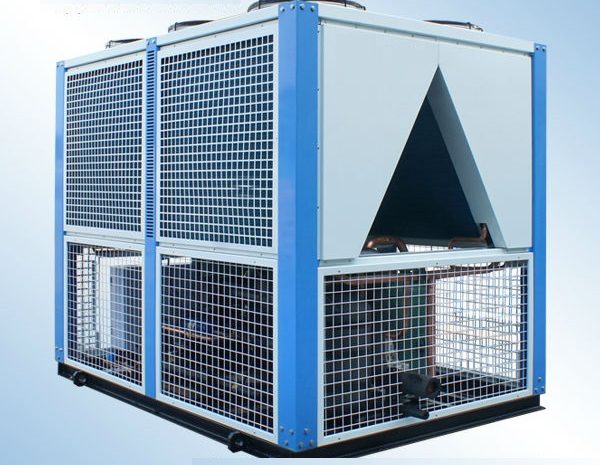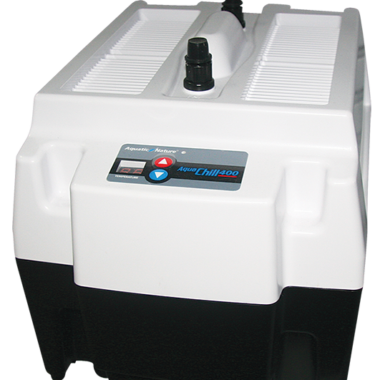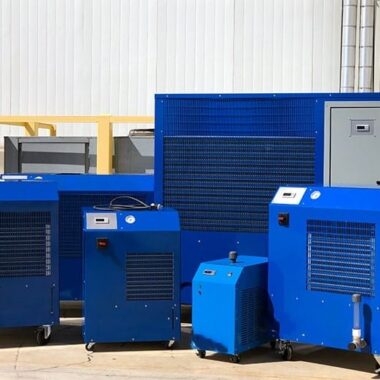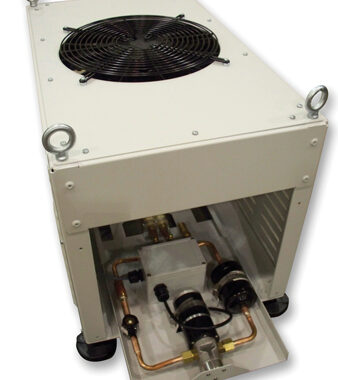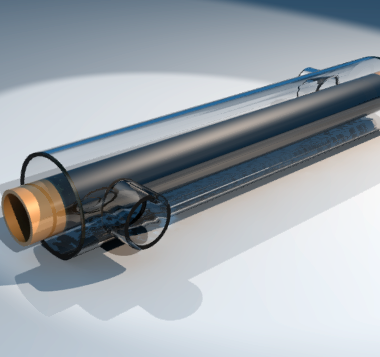The Evolution of Air Cooled Heat Exchangers
The Evolution of Air Cooled Heat Exchangers
The Evolution of Air Cooled Heat Exchangers : Air-cooled heat exchangers (Aches) have experienced significant progressions since their beginning, advancing to meet the expanding requests for effective cooling arrangements in different industrial applications. This advancement reflects advancements in plan, materials, and innovation, driving to improved execution and reliability. Here’s a see at the key stages within the advancement of air-cooled heat exchangers.
Early Development
Basic Principles:
The early air-cooled heat exchangers were based on basic standards of heat exchange, utilizing air to cool fluids by passing them through a organize of tubes.
These beginning plans were frequently rudimentary and needed efficiency, essentially utilized in small-scale applications.
Material Use:
Early Aches were made from basic metals like press and copper, which advertised reasonable thermal conductivity but constrained solidness and corrosion resistance.
Mid-20th Century Advancements
Design Advancements:
Introduction of finned tubes essentially improved the surface range for heat transfer, improving cooling productivity.
Advancement of forced draft systems utilizing fans to extend air flow over the tubes, encourage improving heat exchange rates.
Material Innovations:
The utilize of aluminum and stainless steel got to be more common, advertising better erosion resistance and moved forward heat transfer properties.
Progresses in welding and fabricating procedures allowed for more robust and leak-proof designs.
Industrial Applications:
Throbs got to be more prevalent in industrial applications such as power plants, refineries, and chemical preparing plants.
Their capacity to operate without water made them perfect for utilize in arid regions where water-cooled systems were not feasible.
Late 20th Century to Early 21st Century
Technological Integration:
Joining of computer-aided plan (CAD) and computational fluid dynamics (CFD) for optimizing heat exchanger designs.
Presentation of variable speed fans and mechanized control systems to improve operational effectiveness and adapt to changing load conditions.
Enhanced Performance:
Advancement of high-efficiency fin designs, counting serrated and louvered balances, to advance improve heat transfer rates.
Utilize of progressed coatings and surface treatments to extend durability and resistance to fouling and corrosion.
Environmental Considerations:
Center on decreasing energy consumption and natural affect, leading to the development of more energy-efficient Aches.
Compliance with stricter environmental regulations and measures, promoting the utilize of environmentally friendly refrigerants and materials.
Recent Innovations
Smart Technologies:
Integration of Internet of Things (IoT) sensors and smart observing systems for real-time execution following and predictive support.
Utilize of machine learning calculations to optimize operational parameters and improve generally efficiency.
Modular and Scalable Designs:
Improvement of modular Aches that can be easily expanded or reconfigured to meet changing demands.
Adaptable arrangements custom fitted for a wide range of applications, from little industrial units to expansive power generation plants.
Sustainability:
Emphasis on maintainability with the development of recyclable materials and eco-friendly manufacturing forms.
Focus on reducing the carbon impression of Hurts through improved energy efficiency and use of renewable energy sources in their operation.
Conclusion
The advancement of air-cooled heat exchangers reflects the continuous pursuit of proficiency, reliability, and supportability in industrial cooling arrangements. From essential plans to modern, shrewd systems, Aches have adjusted to meet the developing requests of different businesses. As innovation proceeds to development, we will expect further developments that will upgrade the execution and natural neighborliness of air-cooled heat exchangers, cementing their part as a vital component in cutting edge industrial processes.



